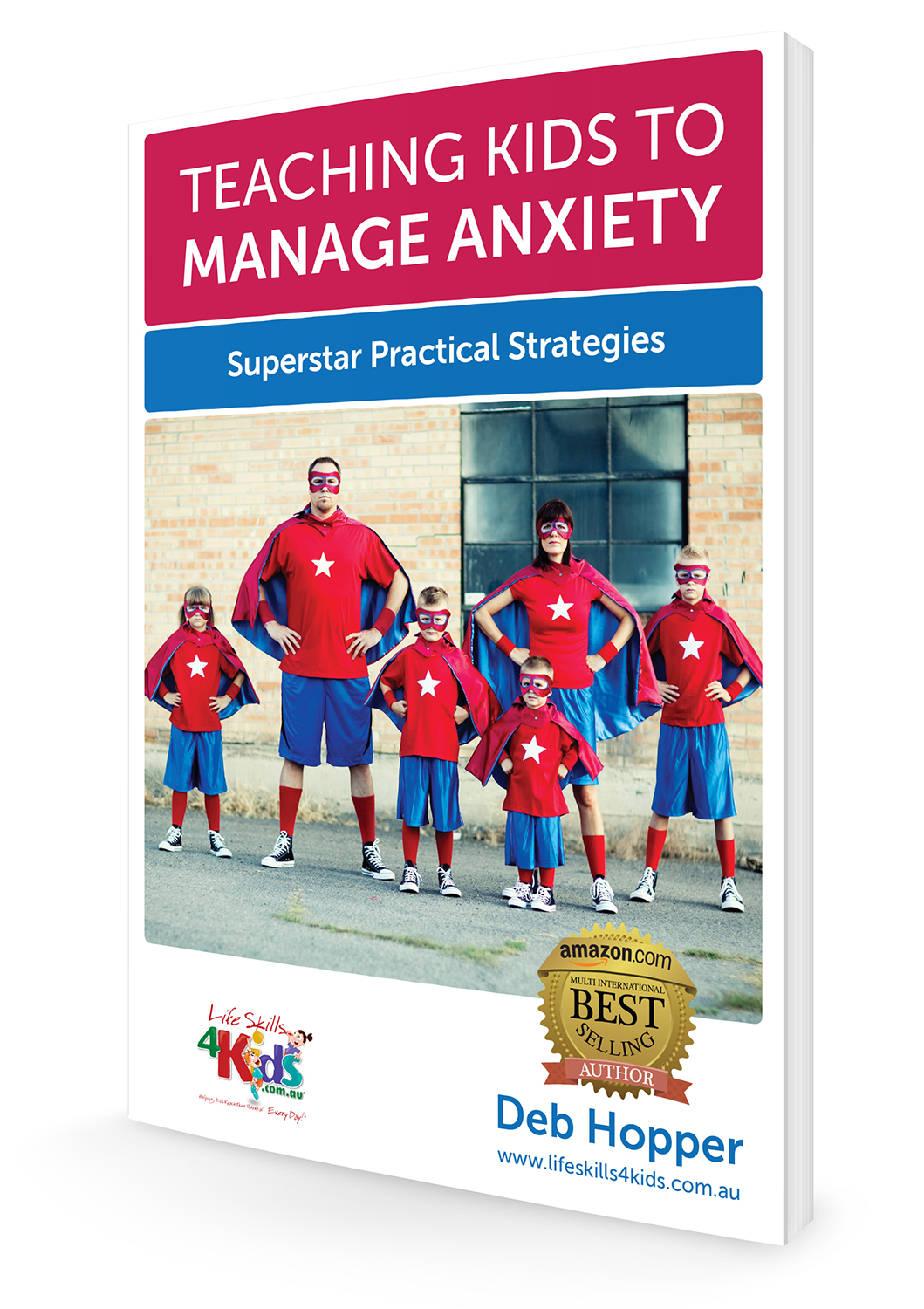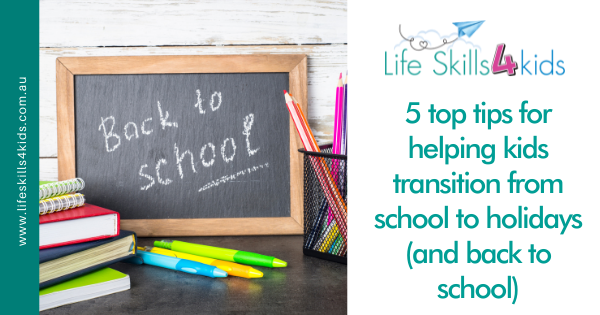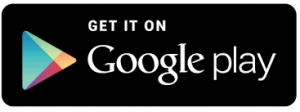Transition From School to Holidays
(and back to school)
Published by

The Great Health Guide
Written by Deb Hopper
5 top tips for helping kids transition from school to holidays (and back to school).
Children often anticipate with excitement the thought of change, whether it is going back to school or going on school holidays. As we go back to school this month, there are exciting thoughts of seeing old friends, making new friends, wondering who their teacher will be and perhaps a new school bag and pencil case.
Even though this can be exciting, it is still a massive life change for a child, even if they are going back to the same school and even bigger if they are starting school or moving to a new school. When transitions such as going back to school are looming or in process, children may feel anxious or worried. Their daily and weekly routine is changing which can be unsettling. Signs of mild- moderate anxiety might look like a child struggling to get out of bed, more complaining or whining or complaints of feeling sick or being on the toilet excessively. More severe signs of anxiety might include the above but might include tears, anger or other ‘behavioural’ outbursts.
Here are 5 top tips for helping support children and making them feel safe in the transitions between school, holidays and back again.
- Create a calendar for before, during and after the holidays. Kids love to see things visually and by helping them create a calendar of what’s coming up, they see more concretely what plans are for them and the family and this makes them feel more settled.
You can find some great downloadable resources here which will help get you started. On our free downloadable, you can see that the weeks are colour coded. You can edit and change to suit your family. The pink weeks are for the 2 weeks prior to holidays. The white weeks are school holidays and the yellow weeks are the first two weeks back at school.
GET DEB’S FREE HOLIDAY PLANNER
Use clip art or pictures (especially for younger children), or just write the main activities for each day or after school. eg add in play dates, holiday care days, nights away etc. We have some examples at the above link.
- When planning your holiday, don’t over load the time-table. Children need time to relax and chill out. Often school is so busy. Plan in afternoons at home for reading or movie nights. Take a deep breath with your kids.
- Plan some “boring time”. Many children are so over stimulated. Their days are overcommitted and by the end of the term, they need to have some down time. Plan boring/ free time or down time. Think of a cool name for this and make it sound fun. Make some rules around this, such as no screen time, but offer some suggestions of what they could do eg reading, writing a story, lego or craft time, jumping on the trampoline. If at all possible, take time out yourself with the same rules applied. Maybe you could have “boring time” together and play a card game or lie down and have a rest/ snooze together. It is important to plan “boring time” not just in the holidays, but during school weeks and weekends. Put in on the calendar to help it happen.
- Give children a say on choosing ideas for their calendar. Ask children how they might spend their time. What after school activities do they really enjoy? Do they need to find more ‘quiet or boring’ time. Do they need more space away from people? Do they need more active outside play time. Kids know what they enjoy, and by asking them, it gives them some added sense of control especially during transition times such as going back to school.
- Increase the amount of active outside play. Just as adults benefit from movement and exercise to help de-stress and reduce anxiety, so do children. Make plans for extra trips to the park, walk around the block after dinner or have a picnic and kick a ball around. Make sure you add these things to their calendar so they know they are coming up!
As adults we can make children feel more in control during times of transitions. Don’t forget to check out the free downloads to help your child settle back into school.
This article was published in the Great Health Guide digital magazine – GreatHealthGuide.com.au
To download your free copy of the Great health Guide
and read more articles like this, go to…
Teaching Kids to Manage Anxiety: Superstar Practical Strategies (eBook)
Kids today are growing up in a fast-paced world where information and opportunity overload can be overwhelming.
Based on many years of clinical experience as an Occupational Therapist, Deb Hopper has been using her Just Right Kids® Model to teach children to communicate and manage their stress and anxiety by:
– Identifying their “body speed”,
– Understanding their stress triggers, and
– Implementing simple strategies to reduce anxiety and stress.




